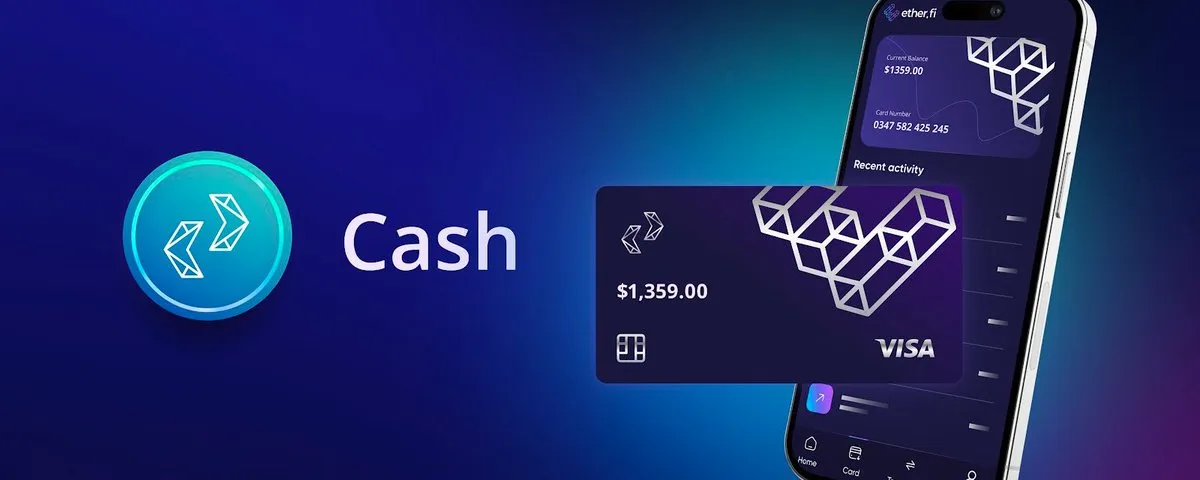With the improvement of the regulatory environment, traditional banks are restarting or expanding their digital asset custody product lines, widely returning to the market.
As early as October 2022, BNY Mellon's digital asset custody platform went live in the United States, holding and transferring BTC/ETH for selected clients. Recently, BNY Mellon has been publicly experimenting with tokenized deposits and payment settlements to reduce settlement friction and promote programmable banking funds. This may involve BNY's treasury services department processing approximately $2.5 trillion in payments daily, as well as managing around $55.8 trillion in custody and managed assets.
Just recently, in mid-October, Citi Group publicly stated that it is advancing institutional-level crypto custody services, planning to launch related custody operations by 2026 to align with the improved regulatory environment.
This is driving significant inflows of institutional funds: by 2025, global crypto ETFs are expected to attract $5.95 billion, with Bitcoin institutional holdings growing by 46%. Bank-level custody services, through strict regulatory frameworks and asset isolation advantages, are also participating in and changing the competitive landscape of the market, leading to the expansion of tokenized deposits and stablecoin infrastructure.
Citi's transformation may represent the changing attitude of traditional financial institutions towards the crypto market in recent years: from observation, pilot programs, and gradual progression, to testing on-chain payment settlements, moving bank liabilities on-chain, and then tokenizing physical assets and native crypto asset custody.
Citi's senior executives have publicly stated that they believe stablecoins will expand from crypto trading tools to mainstream economics, viewing crypto as part of mainstream financial infrastructure. A series of actions include:
Launching the CIDAP platform: clarifying Citi's digital asset strategic framework.
Collaborating with SDX (the fully-owned digital asset subsidiary of the Swiss Stock Exchange SIX Group): Citi acts as the tokenization agent and custodian, providing services for the tokenization of private equity/unlisted company shares.
Developing tokenized issuance/custody services: providing on-chain services for bonds, funds, and private assets.
Citi is considering issuing its own stablecoin and actively thinking about the custody and payment scenarios for the assets supported by stablecoins.
Partnering with Payoneer to explore payment settlement services; Citi's "Token Services" have been used for cross-border, 24/7 transfers.
Citi is developing crypto asset custody services, aiming for a launch in 2026.
This is not only providing trusted custody for institutional clients but also gradually connecting traditional core banking services (deposits, settlements, custody, asset services) with tokenization, thereby seizing the entry point for the next generation of financial infrastructure.
These initiatives can be summarized as the main exploration paths of traditional banks in the crypto field, mainly including:
Institutional-level custody: providing cold/hot wallet custody or hybrid custody services under compliance, audit, insurance, anti-money laundering (AML), and trust legal frameworks, meeting the compliance needs of large asset managers, pension funds, and insurance companies.
Tokenized assets and custody + issuance linkage: tokenizing traditional assets (fund shares, government bonds, deposits) and integrating "custody + trust management + underwriting/market making" into a complete on-chain asset service.
Trading and settlement infrastructure: moving internal clearing and interbank payments on-chain (programmable money), shortening settlement cycles and reducing counterparty risk.
Collaboration/white-label/sub-custody models: partnering with crypto infrastructure providers like Anchorage, Fireblocks, Coinbase Custody, NYDIG, etc., to implement product landing with traditional banks' compliance and trust packaging combined with crypto vendors' on-chain technology.
As traditional banks enter and promote end-to-end crypto asset custody and asset tokenization, this signals that they have entered the "execution and landing" phase.
Continuing to reference the changes in exchange reserves in the market: BTC exchange reserves have dropped to their lowest level since 2018, decreasing by 668,000 BTC since November 2024. This trend may indicate that institutions are shifting from exchanges to self-custody/ETF models. Under institutional custody dominance, the custody market has reached $683 billion, with banks/ETFs accounting for over 65%.
What Will We See? — Explosive Growth of Tokenized Assets
Large traditional custody banks and crypto-native custodians will see effective custody division of labor, with a mixed model of collaboration/white-label/sub-custody being adopted in the short term, leveraging each other's strengths.
In the short term, more major banks will announce or pilot custody products, and institutional acceptance of the "bank-level custody + third-party on-chain operations" combination service will increase.
Custody and settlement functions will be more closely integrated, partly led by a few large banks, and the market will gradually stratify: large institutional funds will primarily enter the compliance segments provided by banks/custodians; liquidity and innovation will still be provided by the native crypto ecosystem (DEX, lending protocols, etc.).
What Will the Future Landscape Look Like?
We will see an increasing number of compliant token products emerging. With clearer regulations and mature technology, there will be more competition and mergers in the industry, and custody and clearing may see stronger integration: banks will be able to provide services from funds (tokenized deposits) to assets (tokenized securities).
Additionally, large custody banks will dominate the flow of large institutional funds (pensions, sovereign wealth, ETF issuance custody), and the integration of custody, trading, payment, and settlement across four dimensions is advancing — custody is not just about safekeeping, but is a part of the overall financial service chain, with crypto-native services also being integrated, retaining advantages in trading, DeFi access, and rapid product innovation.
免责声明:本文章仅代表作者个人观点,不代表本平台的立场和观点。本文章仅供信息分享,不构成对任何人的任何投资建议。用户与作者之间的任何争议,与本平台无关。如网页中刊载的文章或图片涉及侵权,请提供相关的权利证明和身份证明发送邮件到support@aicoin.com,本平台相关工作人员将会进行核查。




